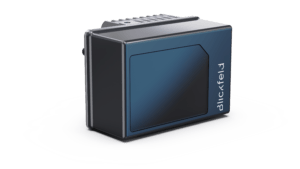Smarter Traffic and Infrastructure with 3D LiDAR Technology
Traffic & Infrastructure
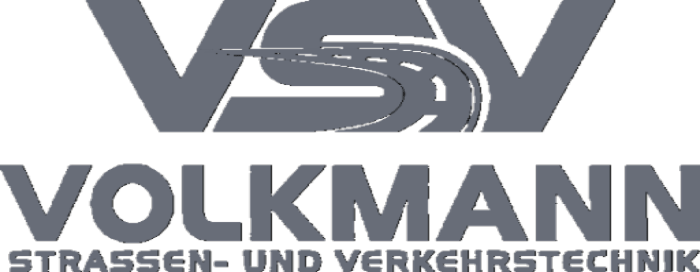
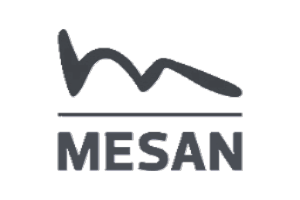


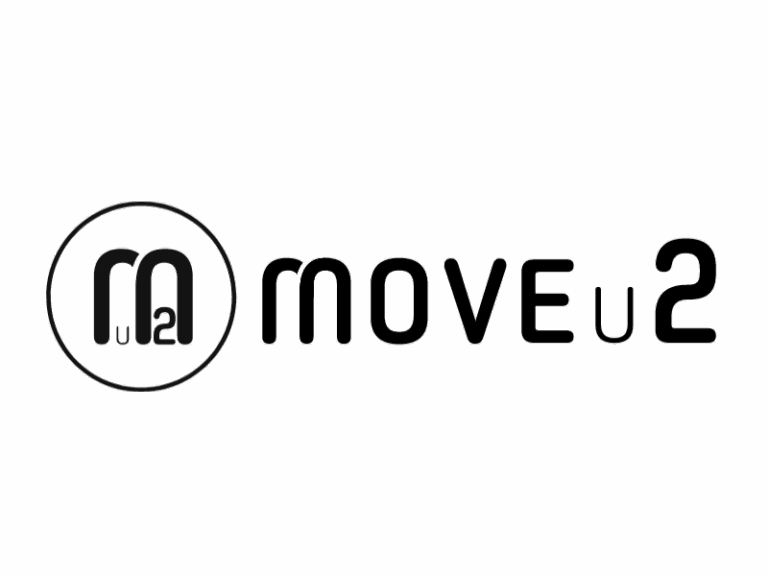

LiDAR technology plays a key role in modern traffic and infrastructure management and is a vital component of smart city concepts. It provides precise real-time data on vehicle and pedestrian movements, optimizes traffic flow control, and enables reliable speed and height measurements. With its high accuracy, LiDAR supports the monitoring of critical infrastructure such as bridges and tunnels and contributes to efficient parking management. The technology forms the foundation for data-driven, safe, and future-oriented transportation systems.
Improved traffic flow and safety with precise, real-time data
Traffic Monitoring Features
Track vehicles – Continuous monitoring of vehicle movements in real time.
Measure velocity – Automatic speed measurement using high-density laser data.
Classify vehicle types (8+1) – Identification of vehicle categories such as cars, trucks, buses, and motorcycles.
Vehicle counting – Automatic counting of all passing vehicles for accurate traffic statistics.
Detection of stationary vehicles – Recognition of stopped or slow-moving vehicles.
Accurate vehicle measurement – Measurement of height, width, and length for compliance verification.
Wrong-way driver detection – Identification of vehicles moving in the wrong direction.
Parking occupancy detection – Real-time detection of occupied and free parking spaces.
Monitoring of emergency bays and reserved parking – Tracking of usage to ensure availability and compliance.
Red-light violation detection – Detection and recording of signal violations.
Queue and congestion detection – Identification of bottlenecks and traffic build-ups.
Blickfeld 3D LiDAR – Technology for Precise Traffic Monitoring
3D LiDAR (Light Detection and Ranging) measures distances using laser pulses and creates a highly accurate three-dimensional representation of the environment. For traffic applications, the technology provides reliable data on vehicle position, movement, and size – ideal for optimizing traffic flow, access control, and area utilization.

3D LiDAR Technology Benefits
Reliable Long-Range Detection
LiDAR allows early hazard detection and monitoring of large areas, enhancing safety, optimizing traffic flow, and supporting efficient infrastructure planning.
Weather and Lighting Agnostic
LiDAR performs reliably under various environmental conditions, including rain, fog, and low light, ensuring uninterrupted operation.
Size Detection
Detection based on actual object size for classifying vehicles and people according to the 8+1 standard.
3D Zone Placement
Precise placement of monitoring zones enables accurate detection within the target area, including object tracking and exact speed measurement.
Privacy
Captured data does not reveal any personal information or vehicle license plates.
Smart Design, Reliable Performance
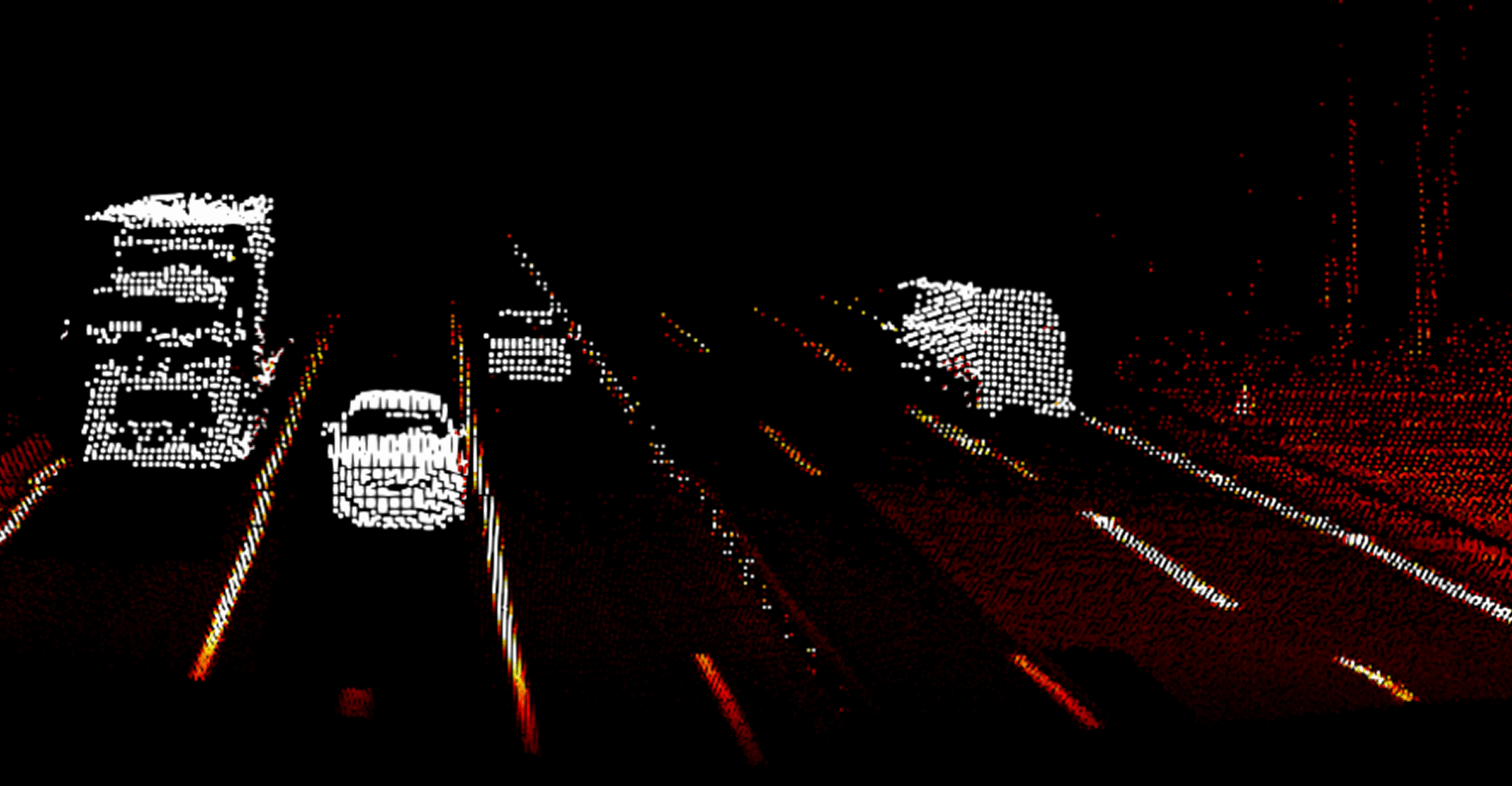
High and flexibly adjustable scan rates (up to 250 Hz) enable detection of very fast objects across multiple lanes.
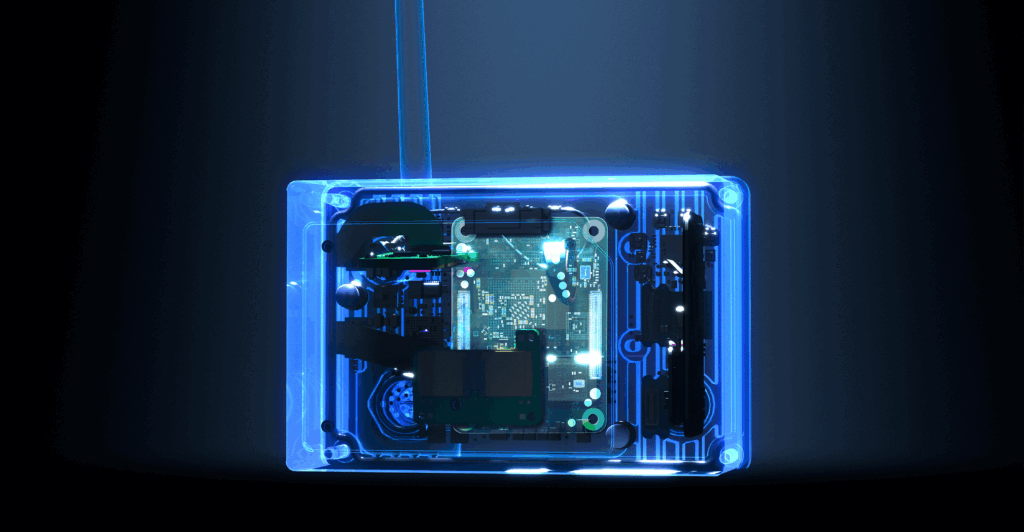
Qb2 sensors perform data analysis on-board. This eliminates the need for external PCs and enables compact, low-maintenance systems with fast response times.
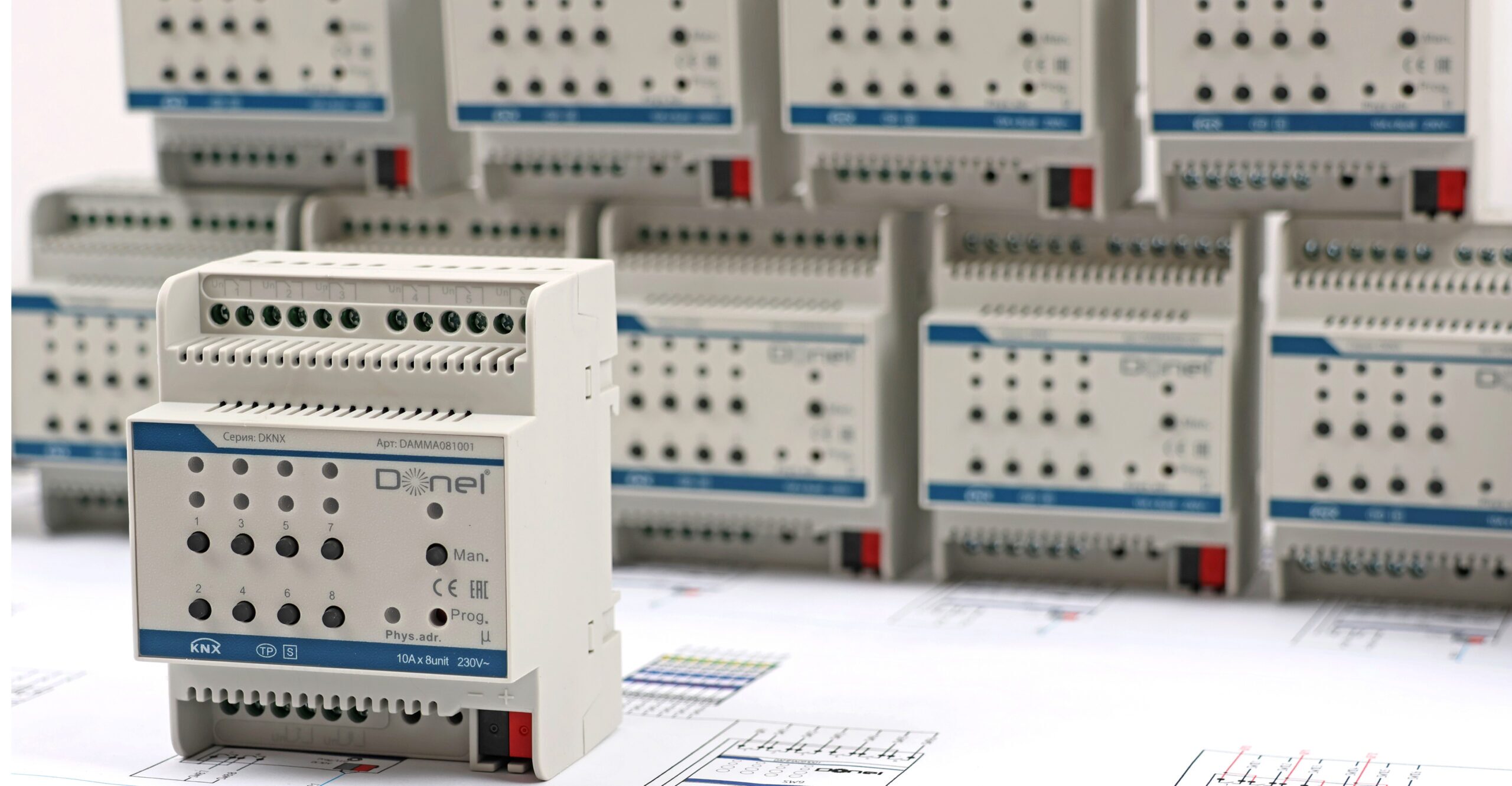
Blickfeld devices supports both direct I/O triggering and communication via TCP/IP or MQTT, ensuring seamless integration into existing traffic management system

Patented solid-state technology with IP67 protection ensures reliable operation day and night.
Case Studies
LiDAR technology is used in various applications every day. Find a selection of customers who use Blickfeld technology to make their business safer, smarter and more efficient.
Get in Touch
Contact Form
Contact our Sales Team

Dirk Rathsack
VP Business Development & Sales
Region: Rest of World
+ 49 174 230 3357
Schedule a meeting
sales@blickfeld.com

Patrick Pylypuik
President, Blickfeld North America Inc.
Region: North America
+1 (855) 335 4327
More resources
Frequently Asked Questions
The Qb2 LiDAR sensor has a scanning angle of 90° x 50°
The LiDAR sensor supports integration with existing infrastructure, such as traffic management systems and cameras, using protocols like ONVIF, RTSP, and MQTT.
The Blickfeld LiDAR sensor offers on-device software with integrated web interfaces for real-time data processing. It enables interactive 3D point cloud visualization, object detection, and movement tracking, including velocity information. The sensor also supports the configuration of virtual zones that can generate alerts or states based on defined thresholds.
Upcoming Events



